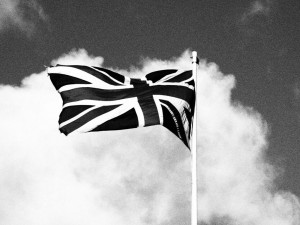 Ever since moving to digital photography, I have often thought of taking black and white photos. Thing is, I use the ‘take it in colour and convert some later with PhotoShop or similar’. Theflaw in this approach is, at least for me, is I never seem to get round to trauling through the hundreds (thousands) of photos and converting them to black and white ‘just to see’. Net result? Very few black and white photos.
Ever since moving to digital photography, I have often thought of taking black and white photos. Thing is, I use the ‘take it in colour and convert some later with PhotoShop or similar’. Theflaw in this approach is, at least for me, is I never seem to get round to trauling through the hundreds (thousands) of photos and converting them to black and white ‘just to see’. Net result? Very few black and white photos.
Art Filters to the rescue! Now I know there are many posts and reviews around the net that slate such functionality built into Digital SLR cameras, but I think it is useful, epsecialy for people like me, where the post developing never actually happens. To some, the more experienced photographers, they may seem a bit gimigky, watering down the skill required to use a ‘proper’ camera. However, not all of us are pros (yet 🙂 ), so please remember that folks.
Why is it useful? The biggest reason is using the feature in situe gives you an immediate answer to the question “What would it look like in black and white?”. Not only that, you can alter the shot to get it right there and then, something you may not be able to acheive in post developement.
Another reason for me is it can inspire further creativity, as you see other nearby opportunities that might look good in black and white. You almsot start hunting for black and white photos.
Whilst on can take photos in black and white on most digital cameras, the Art Filters on my e620 includes ‘Grainy Film’ filter. This is the only Art Filter I use and I like it as it has a lot more contrast compared to the monochrome setting, which always seems a bit too grey. It doesn’t always work though, and you have to play around with exposure to try and get it right as somethimes the detail you’re after, get’s lost in the black or the white. Some shots just seem to come alive when the colour is taken out.
So that’s my waffly defence for the Art Filters on the Olympus e620, especially the Grainy Film one ;-).
[nggallery id=5]

